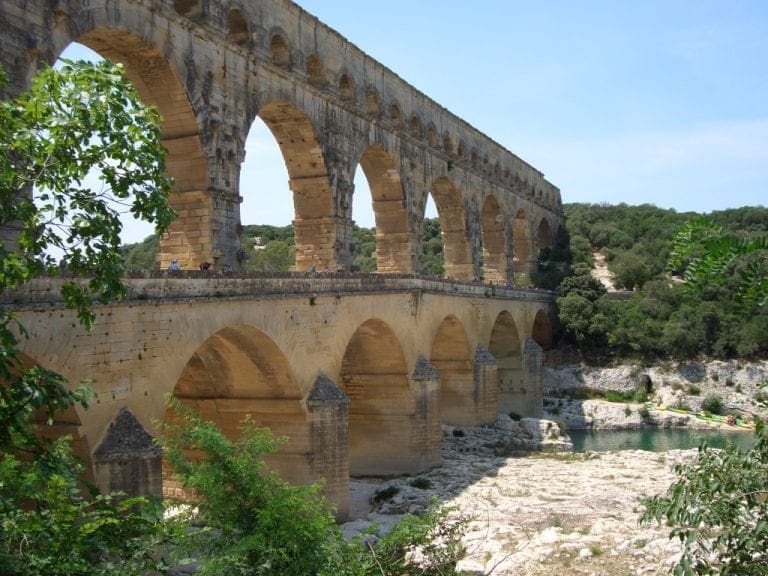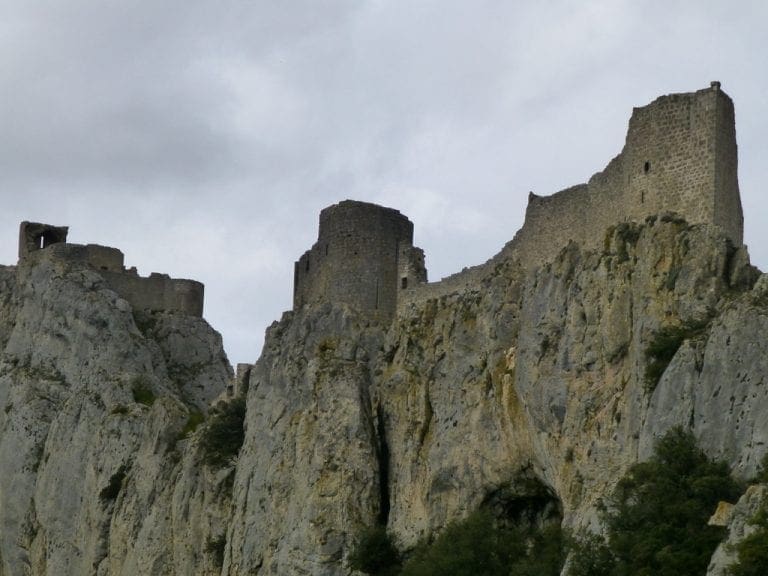I am a castle, chateau, church, village in southern France
Most of us have the same or similar history.
Initially built between 800 and 1100.
Caught up in the ethnic cleansing of the Albigensian Crusade – if on the wrong side, burnt and leveled.
Built again.
Caught up in the fighting of the Hundred Years War – changed hands, probably burnt several times during that conflict.
Built again.
Caught up in the Wars of Religion – burnt and leveled again – if I was on the wrong side.
If am a castle/chateau, by now the family has decided I’m too uncomfortable to live in and moves elsewhere.
I fall into decline.
By the time of the French Revolution, I am (or will soon become) a stone quarry.
If I am a village (not associated with wine), the agricultural/industrial revolution sees some of my population dwindle.By the early/mid 1900s I am in ruin or almost so.
In 1964, the Malraux Restoration Laws see a halt to my worst deliberate destruction of stone quarrying.
If I am lucky, during the 1960s, 1970s or 1980s, a poet will fall in live with me and insist on my restoration.
The French government recognises the value (to tourism and village culture) of keeping and restoring old buildings. It gives tourists something to look at and a reason to go there and to stay another day.
By 2005, if I was lucky, I’ve attracted government funding and may have had a few full restorations as holiday houses.
The main things to do were to instal modern plumbing, electricity, water in, waste out, remove/replace rotten wood. More lately, telecommunications and insulation – these stone buildings are very cold and hard to heat in winter. Villages need roads, parking, waste collection, street sweeping, sewage.













